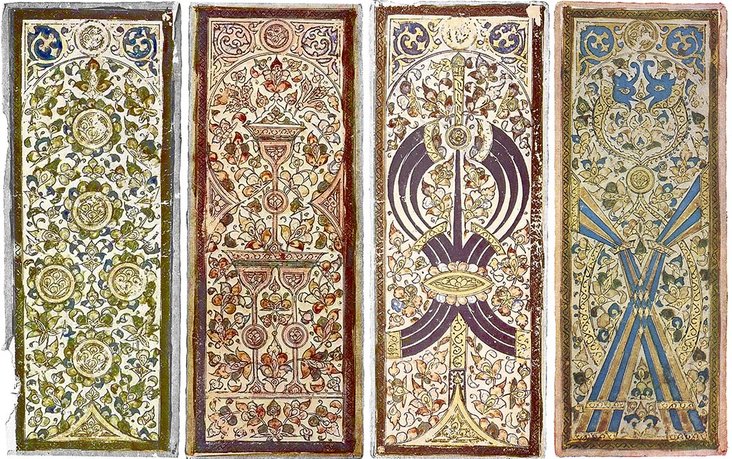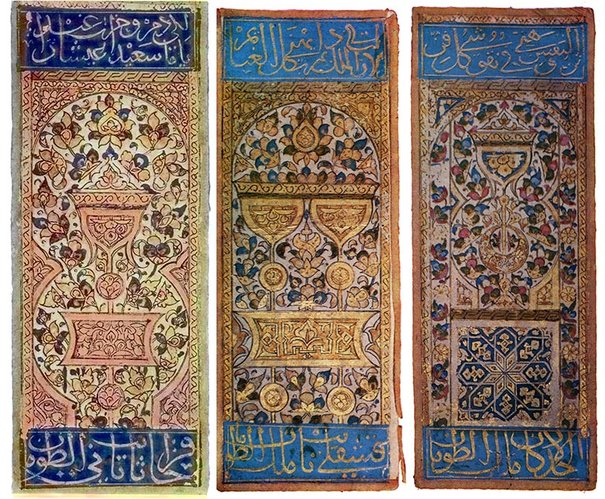THE TAROT WHEEL
THE EARLY HISTORY OF CARD PLAYING OUTSIDE EUROPE
Cards are made of paper, and paper is an easy material to preserve. Paper hates moisture, and without proper protection it deteriorates quickly. So it is not surprising that none of the oldest card decks have survived. Paper was invented in China, which is why most experts believe that card games were invented there as well. There are written texts from the Middle Ages that describe some kind of card game in Persia and China as early as the 9th century. Where did it all start? I don't know, and that's beyond the scope of this Tarot website.
What is clear is that before the card game travelled to Europe, it became popular in India and the Middle East. And this is where it gets interesting for us, because it is in Egypt and Turkey that we find the closest ancestors of the European card games. But let me be clear right away. These early Middle Eastern cards have nothing to do with the trumps in the Tarot game, which may be a European invention.
The Mamluk Sultanate (Arabic: سلطنة المماليك Sulṭanat al-Mamālīk) ruled Egypt from 1250 to 1517. And it is from this period that we know a card game that is very close in structure and symbolism to the oldest European cards. We call them Mamluk cards, and the most complete set is preserved in the Topkapi Museum in Istanbul. These cards date from the late 15th century, but older single cards or fragments are known from the 13th century. High resolution images of these cards can be found here.
From left to right: the 5 of Coins (Darahim), the 3 of Cups (Tunan), the 7 of Swords (Suyuf), and the 10 of Pentacles (Jawkan). On the top row are the Mamluk cards and in the bottom row are the corresponding Tarot cards by Jean Dodal. The similarity of the suits is striking. The Mamluk decks had three court cards in each suit. For religious reasons, they were all male: the King (Malik), the Viceroy (Na'ib), and the Second Viceroy (Na'ib thanin), and had no images. The following is an example of the court cards of the Mamlûk suit of Cups, arranged from lowest to highest card.
All Malik (King, rightmost picture) cards have the same octal pattern on the base. At the bottom of the court cards there is a description of the value of the card, and at the top of the cards there is a text whose meaning I ignore. Mamluk cards came to Europe around 1375. In Italy, they were brought by Venetian merchants who traded with the Mamluk civilisation. The cards were called Saracen cards, or Na'ibs (or Naips).




